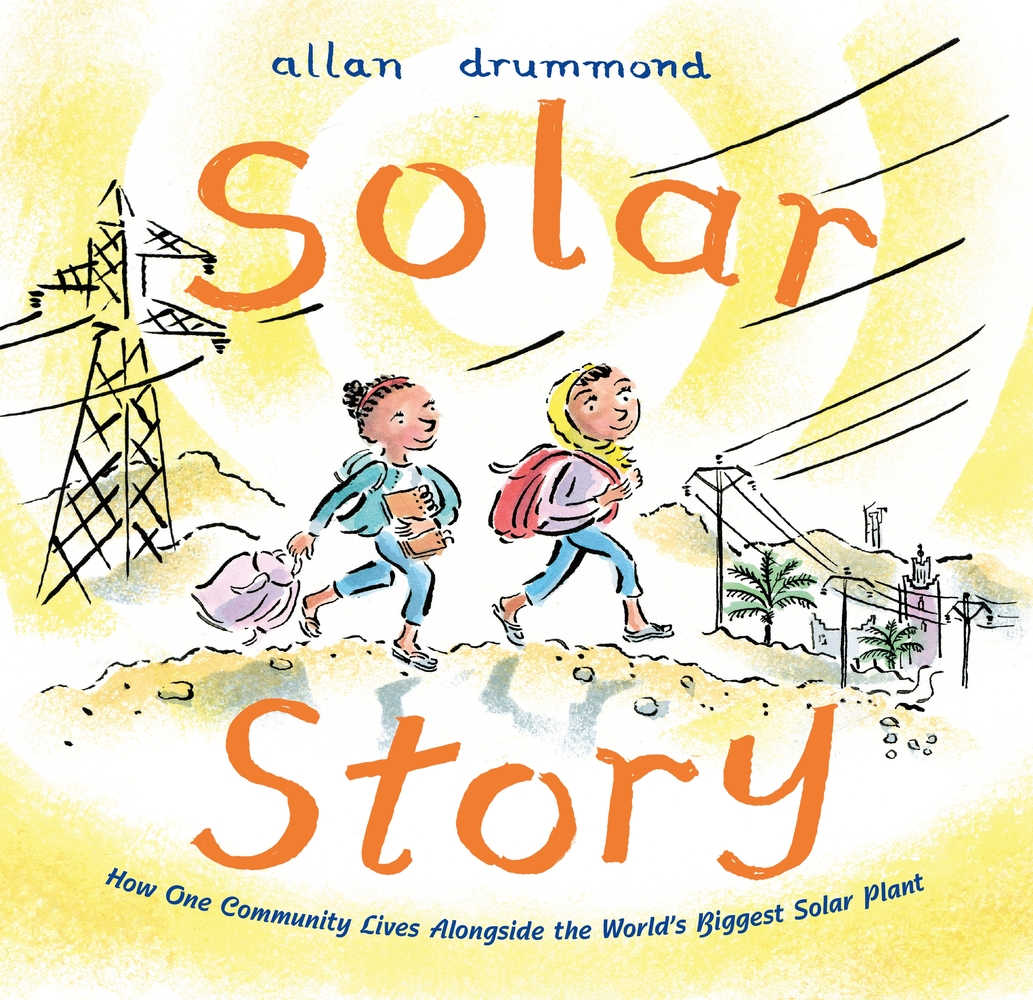by Susan Corapi, Trinity International University, Deerfield, IL and Annette Y. Goldsmith, Kent State University, Kent, OH
As storms become more frequent and violent, attention to the environment and global warming is increasing. Each title here has a distinct call to action that invites readers of all ages to “rethink, refuse, reduce, repair, reuse, recycle, and revolutionize” (Pêgo, 118-121). Some are biographies of everyday citizens who stood up for protecting our natural resources, others are examples of ingenuity, and several describe the ways animal and marine life can recover when given the space and time to adapt or regain habitats. What follows is a selection from an in-process paper about environmentally-focused books, fiction and nonfiction, discussed through the double lens of the United Nations’ Sustainable Development Goals (SDGs) and the Diverse BookFinder BIPOC (Black, Indigenous, and People of Color) descriptors. We included the original place of publication because we want to explore what other countries are saying about environmental issues. Continue reading



